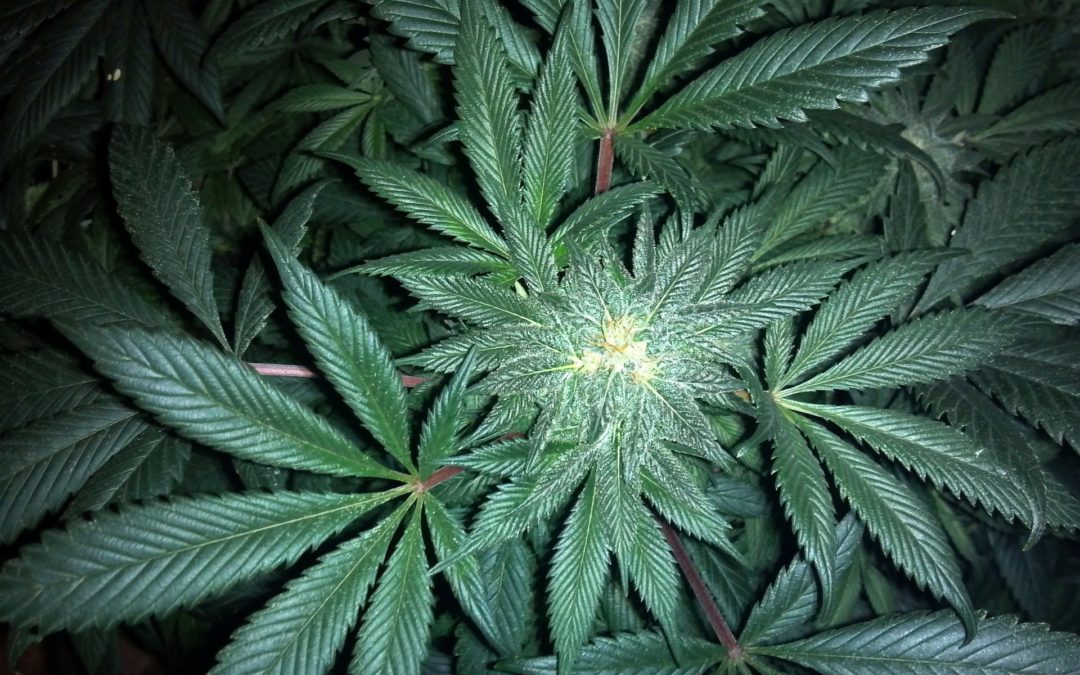While nobody can say, ‘Oh, teens LOVE marijuana,’ the evidence suggests that teens will consume most any drug to which they can gain access. Alcoholic teens will reach for their (possibly alcoholic) parents’ stash. Some teens will be given marijuana joints in a social setting, and decide they want more. Let’s also never forget that any child over the age of 8 can likely reach medicine cabinets, and may know what their parents take for which condition.
There’s no guarantee that your teen will become addicted by simply having these items in your home, but bored teens, or the children of busy parents that don’t have the time that children need, can easily find their way into things. To safeguard against teen addiction, which can obviously lead to other problems, both immediately, and later, talking to teens is a must. Every school program is not diligent about covering the dangers of drugs and alcohol on young bodies, and communicating the dangers to your own children is more important than ever.
A heightened general awareness of drugs is one of the few positives resulting from the War on Drugs – with much more public school education about the dangers of drugs, more kids feel that saying, ‘no’ is an acceptable option. More responsible children, though, doesn’t mean that every child is interested in going against the grain, and this is where adult guidance becomes a necessity. While marijuana isn’t as addictive or immediately dangerous as opioids or addictive narcotics, its long-term effects on developing brains are becoming more clear as more research comes in. To understand the problem, though, you have to put yourself in their shoes.
Why Are Drugs Attractive to Teens?
 With so many reasons that kids try drugs, it’s difficult to know where to begin. Boredom is an often-ignored cause of teen drug experimentation and addiction. Wandering around their homes or the homes of others can lead to found drugs, and new highs. Prescription drugs are as much of a concern as alcohol in the home of a bored teen. Peer pressure is absolutely a contributing factor, and can be as successful as it is damaging to teens who want to be one of the cool kids. Family and genetic histories of addiction speak for themselves: anyone with a family history of addiction is vulnerable to developing addiction.
With so many reasons that kids try drugs, it’s difficult to know where to begin. Boredom is an often-ignored cause of teen drug experimentation and addiction. Wandering around their homes or the homes of others can lead to found drugs, and new highs. Prescription drugs are as much of a concern as alcohol in the home of a bored teen. Peer pressure is absolutely a contributing factor, and can be as successful as it is damaging to teens who want to be one of the cool kids. Family and genetic histories of addiction speak for themselves: anyone with a family history of addiction is vulnerable to developing addiction.
Counselors that work with high school children may not be able to immediately notice addiction in children that they don’t regularly see due to the sheer number who need them. Teens may also get into drugs due to depression, anxiety, or other mental illnesses. Drugs can be a symbol of rebellion as much as they can a sign of giving up. It’s important, though, never to underestimate the power of curiosity. Curiosity is what eventually factors into most instances of drug experimentation, and environmental or mental health factors are behind the continued use, and eventual abuse.
Talking to kids about drugs is the first step to prevention. Making sure that your children are involved with school and extracurriculars is a good way to protect them from the inevitable boredom, but neither of those are enough to guarantee that any teen will never live with addiction.
How Kids Get Marijuana
In legalized states, it’s much easier for teens to get their hands on a variety of marijuana products. Though the age of purchase and consumption is 21 years of age, passing these products on to a minor doesn’t feel like a terrible thing to do to some young adults who’ve used other drugs. Convincing an adult to purchase the drugs for them, or peeking into a family member’s stash are the most common ways that teens get their hands on marijuana. There is nothing to suggest that teens are good about telling adults when one of their friends is experimenting, or using regularly.
Buying most types of marijuana involves smoking paraphernalia, depending on how the smoker prefers to consume the flower. Marijuana cartridges for vapes are nearly impossible to find in stores that aren’t dispensaries, but can be ordered online for those who love to consume marijuana this way. Since there are more teens with jobs today than there have been in years, more teens have more money, and are happy to foot the bill for help from a legal adult.
How Kids are Using Marijuana
Most marijuana, no matter the user, is taken in by smoking. This includes the teen scene. Teens and adults enjoy using marijuana in vapes, but vapes aren’t the most popular way to consume marijuana. Traditional joints are still the go-to way to consume the drug, and joints are smally, thin, and easy to hide. Vape Pens are also easy to hide, and easy to take along for a ride to school, work, or hangout spots. Though teens only occasionally use drugs away from their homes, quiet, dark places, like movies or laser tag arenas, offer opportunities for teens to get high in peace. Surveillance can trump these plans, of course, but there are more opportunities for kids to get high than adults usually remember. Edibles made with a cannabis-based butter are also popular with teens and young adults, too.
So Many Dangers
Not everyone is concerned about the pain of addiction when it comes to marijuana. While it’s rare that marijuana may lead a person down a violent route, the habits can become difficult for regular users to leave, creating an addiction. This is one of the many reason that teens may need a period of in- or out-patient rehabilitation. THC, the psychoactive ingredient of marijuana, has been recently shown to cause long-term damage to young brains, despite its relative safety in other respects. While it will be impossible to know that you’re stopping your children from touching drugs, it’s important to know that staying involved with their lives, and listening to them in earnest is every bit as important as talking.

